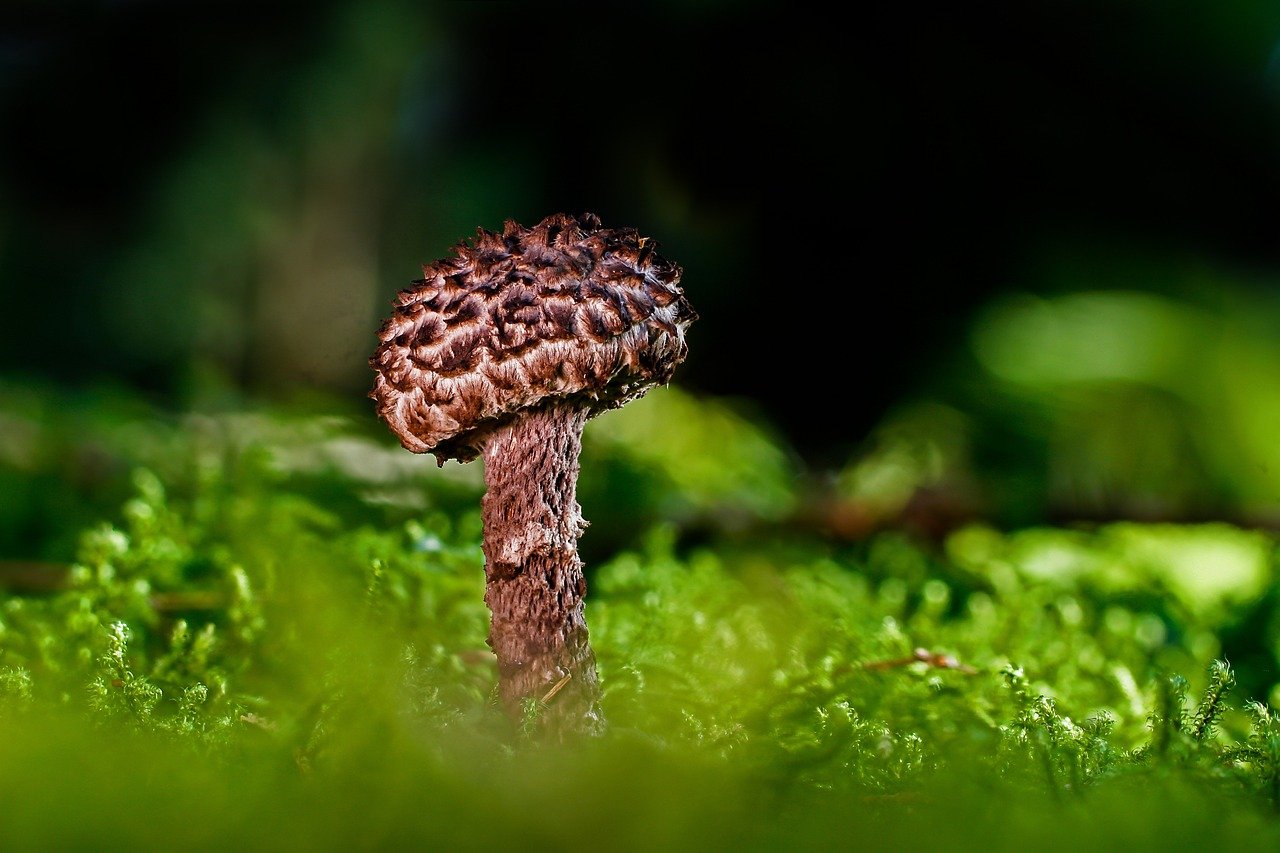Mushroomy Blog

“Why is your Grandpa in my woods?”
The Old Man of the Woods mushroom, scientifically known as Strobilomyces floccopus, is a fascinating yet often overlooked species in the world of foraging.
Identification and Appearance
- Distinctive Cap: The Old Man of the Woods features a cap that ranges from 2 to 5 inches wide, with a grayish-black color and a woolly texture resembling that of a pine cone. The caps are covered in large, soft scales that give them a rather unkempt appearance, which is fitting for its whimsical name.
- Pore Surface: Unlike many mushrooms that have gills, the Old Man of the Woods has pores underneath its cap. These pores start as pale gray and turn black when bruised, adding to its distinctive look.
- Flesh Color Change: When cut, the flesh of this mushroom exhibits a dramatic color change, turning pinkish-red before eventually darkening to black. This characteristic can be quite striking when preparing dishes.
Habitat and Distribution
- Growing Conditions: This mushroom typically appears in deciduous forests, particularly among hardwood trees like oaks, from July to October. It thrives in areas with rich forest duff, making it somewhat camouflaged and tricky to spot.
- Geographical Range: The Old Man of the Woods is found across eastern North America and parts of Europe, though it is considered rare in some regions like the UK.
Culinary Uses
- Edibility: While the Old Man of the Woods is indeed edible, it is not highly regarded in culinary circles. Its flavor is often described as mild and earthy, somewhat akin to that of a button mushroom, but it does not stand out among more prized varieties.
- Cooking Tips: For best results, it’s recommended to harvest younger specimens as they have a firmer texture and better flavor. The stems should be discarded due to their toughness. Cooking methods include sautéing, grilling, or adding them to soups and stews where their subtle flavor can complement other ingredients.
- Color Impact on Dishes: One notable aspect of cooking with this mushroom is its tendency to darken dishes it’s added to. Therefore, it may be wise to prepare it separately if color is a concern in your meal presentation.
Fun Facts
- Name Origin: The origin of the name “Old Man of the Woods” remains unclear; however, it aptly reflects the mushroom’s grumpy appearance. It has been suggested that its name evokes imagery of an old man who has seen much in his lifetime.
- No Poisonous Lookalikes: Fortunately for foragers, this mushroom does not have any poisonous lookalikes, making it easier for beginners to identify safely.
- Culinary Reputation: Despite being edible, many foragers tend to overlook the Old Man of the Woods in favor of more flavorful mushrooms like porcini or chanterelles. However, it can serve as a reliable source of nutrition if other options are scarce.
The Old Man of the Woods mushroom may not be the star of the culinary world, but its unique characteristics and adaptability make it an interesting subject for both foragers and mushroom enthusiasts alike!
